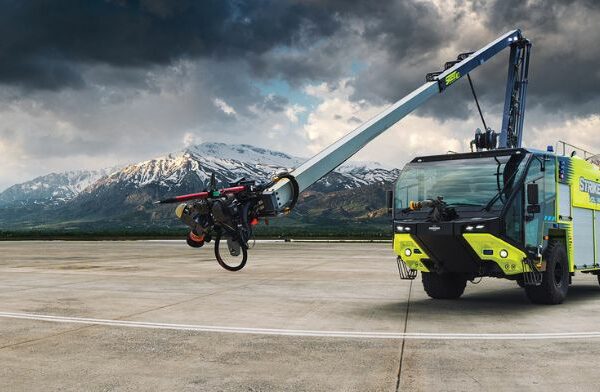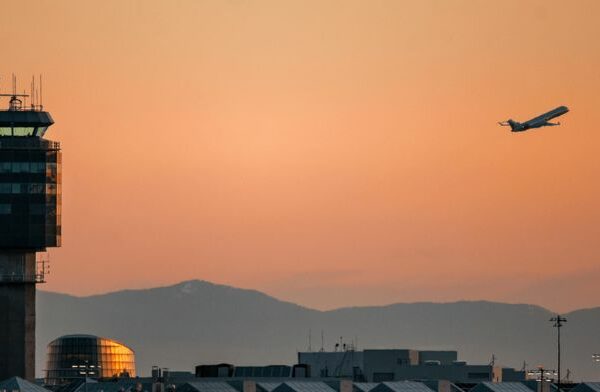The UK Civil Aviation Authority (CAA) has published a new report highlighting the progress made by UK airports to help passengers with hidden disabilities, such as autism, dementia and hearing loss.
In December 2016 the CAA issued new guidance for airports on how to improve the assistance they offer, the report provides an update on the advances made and also identifies areas where further work is needed.
The CAA asked 29 UK airports (the largest based on passenger numbers) to provide detailed information on the enhancements made to their assistance services since the guidance was published in 2016, the report summarises the information provided and makes recommendations for future action.
Developing services to better help passengers with hidden disabilities include giving passengers the option to wear a lanyard or wristband (or other discreet identifier) to help make staff aware that they may need extra help, such as at the security search area or elsewhere in the airport, as well as providing enhanced disability awareness training packages for key customer facing staff, including those at security search areas, and those providing direct assistance to people with disabilities.
A key focus of the guidelines was on improving the assistance provided to people with hidden disabilities during security search, including extending disability awareness training and practical requirements such as providing better information on what to expect.
Some airports have introduced family or assistance security lanes, available for passengers with hidden disabilities to use, which can provide a less stressful and rushed experience.
Developing services at airports also include the publishing of a range of accessible information for people with hidden disabilities, including pictorial guides, videos and other online guides on what to expect at the airport, especially at the security search stage.
Airports have also been consulting with disability organisations, including those representing people with hidden disabilities, on how the design of assistance service can best meet the needs of passengers within this group.
The CAA however say further work needs to be done to ensure all UK airports continue to provide consistent and high quality assistance services to disabled people, including people with hidden disabilities, in line with CAA guidance.
The authority says it will continue to work with ariports so that the enhancements and improvements that airports have made are genuinely helping people with hidden disabilities access air travel, as well as working with airports and disability groups to broaden airports’ focus in terms of the types of hidden disabilities that their assistance services caters for.
“Today’s report highlights the significant achievements that airports have made in supporting disabled passengers, particularly those with hidden disabilities,” said Matt Buffey, head of consumer protection at the UK Civil Aviation Authority.
“Record numbers of passengers with disabilities are travelling through UK airports, and so it’s hugely important that the assistance meets their particular needs.
“We know that people with hidden disabilities can find airports difficult and stressful places, in particular the security search, and we are pleased to see how well airports have responded in improving the assistance they offer and tailoring to the needs of people with hidden disabilities.
“The UK Civil Aviation Authority is committed to being a champion for consumers with disabilities and we will continue to work with the aviation industry to further enhance the facilities they provide.”
Aviation minister, Baroness Sugg, said that for those with hidden disabilities, travelling by air can be a “daunting experience.”
She continued: “Whilst there is still more to do, we should recognise the real progress that has been made by airports since the CAA introduced requirements for specific assistance services for people with non-visible disabilities.
“Through the government’s Aviation Strategy we will continue to work with the CAA and industry to improve the flying experience for all passengers.”





